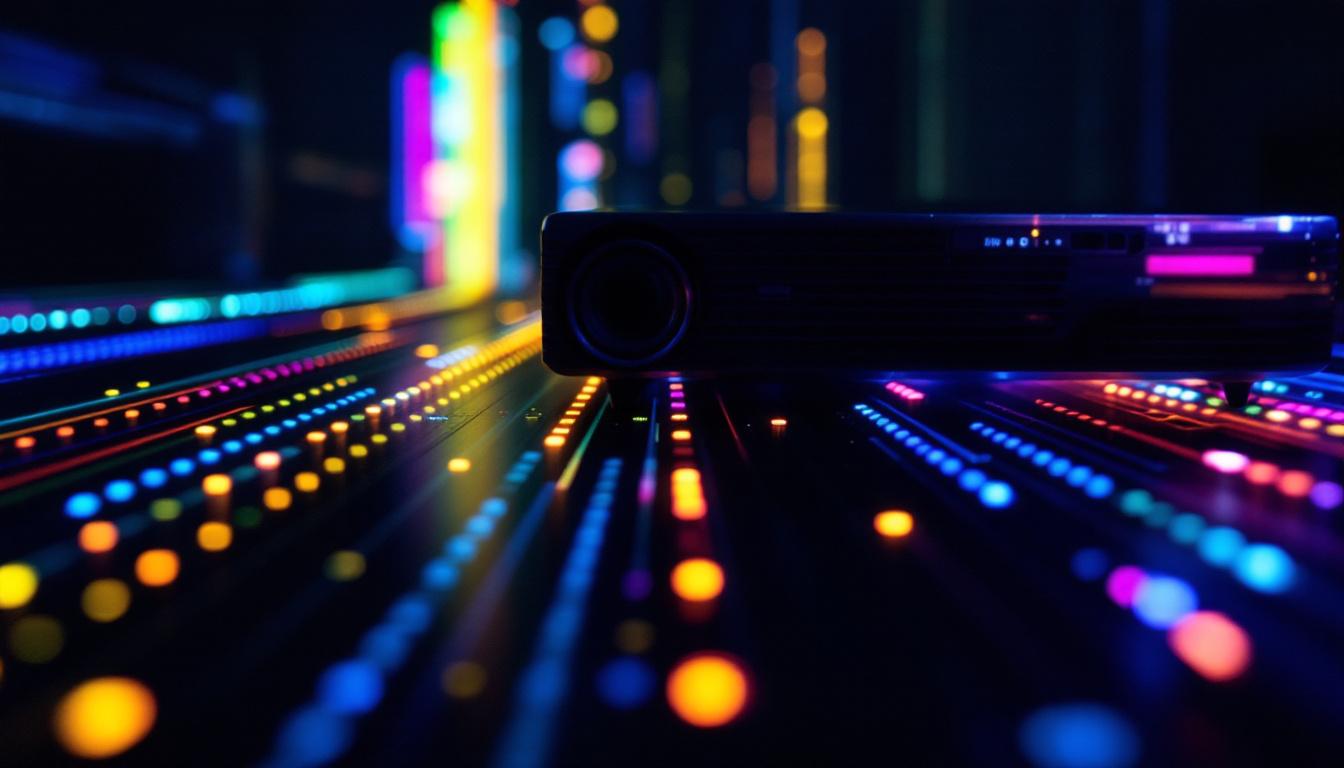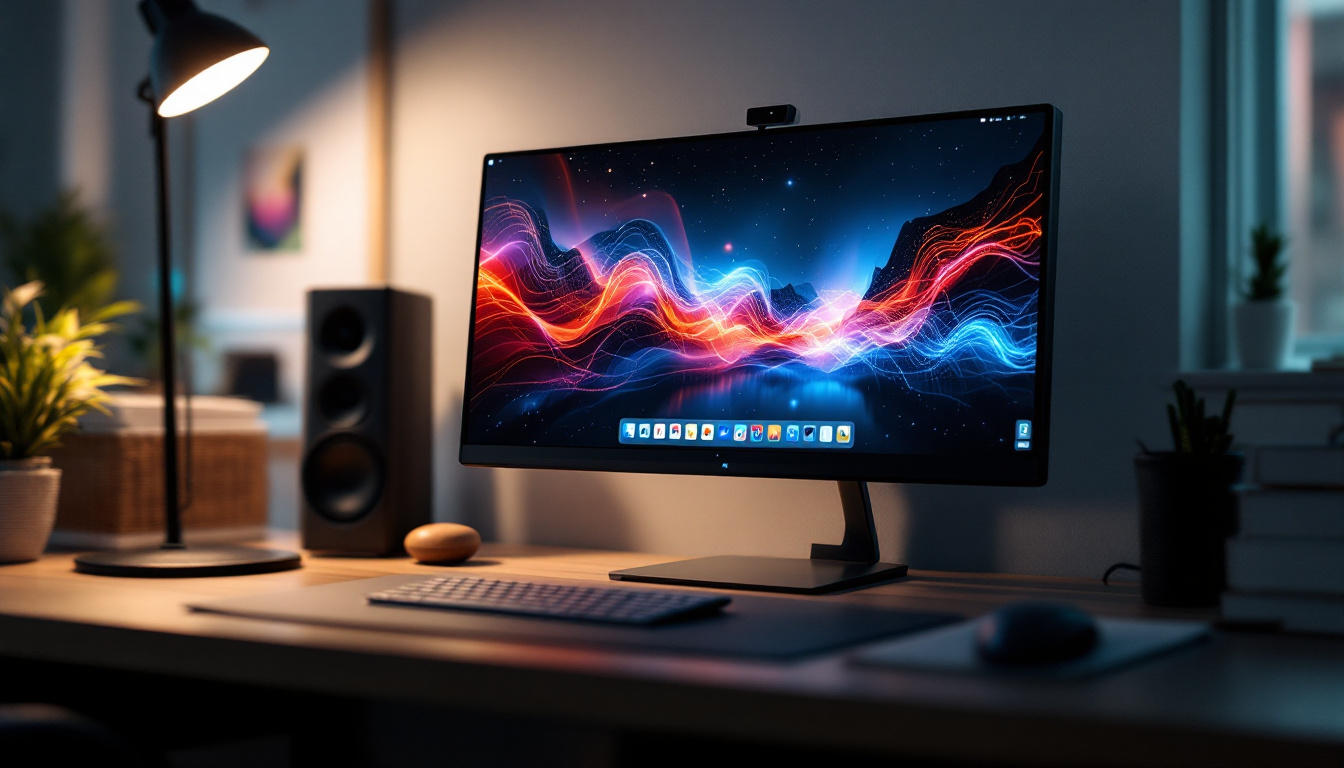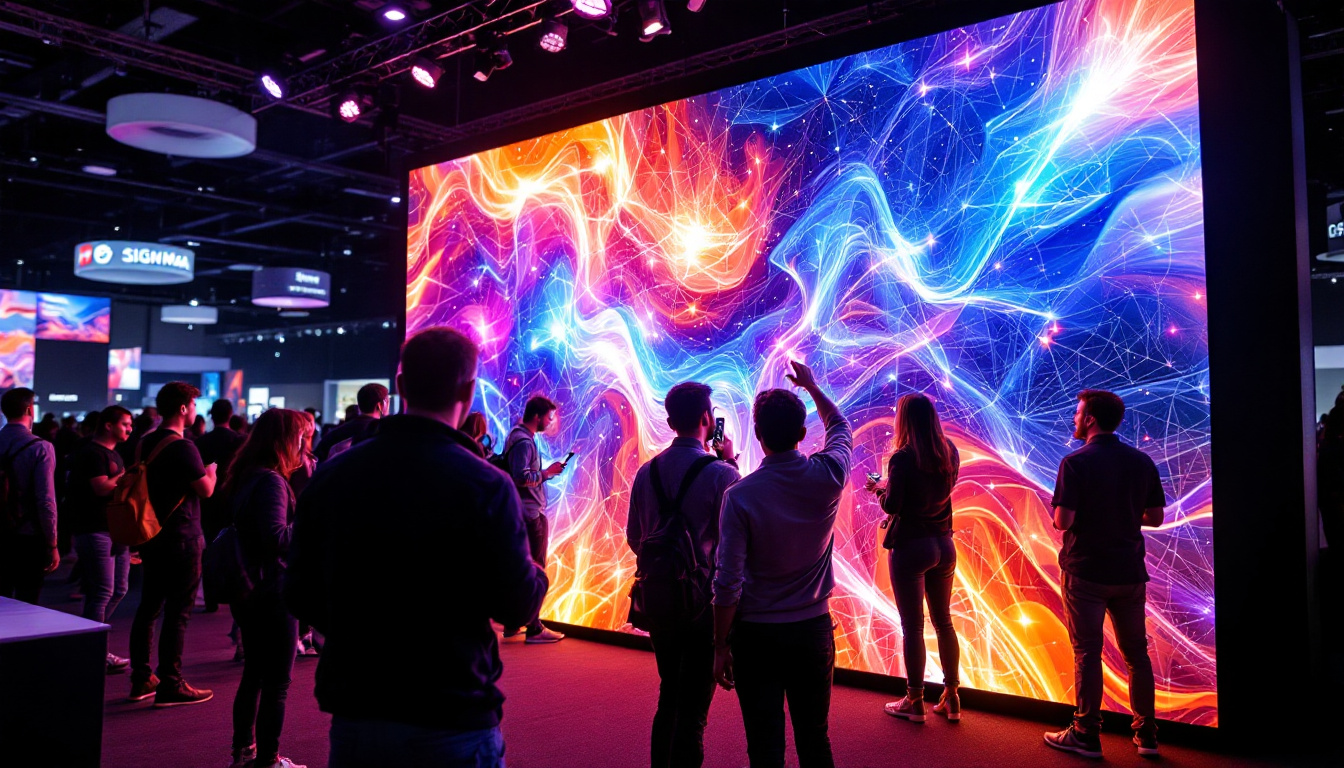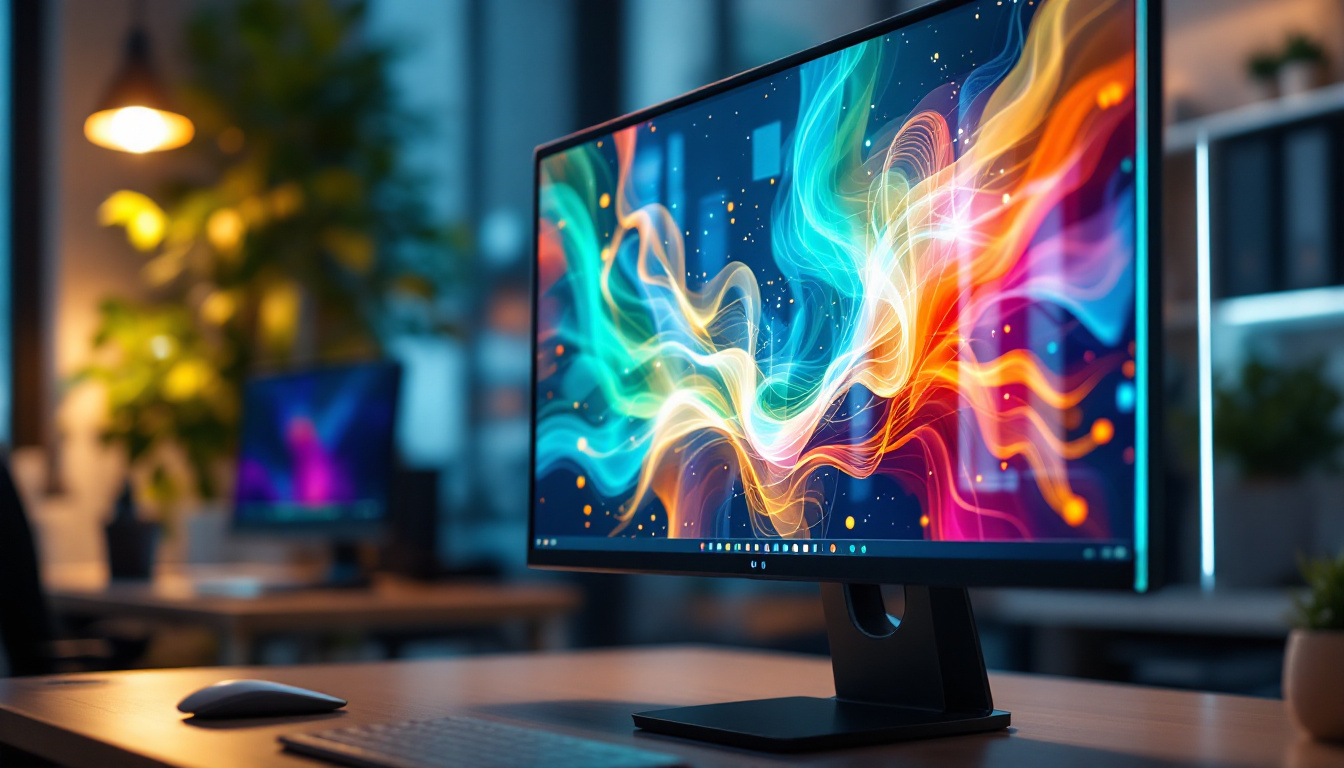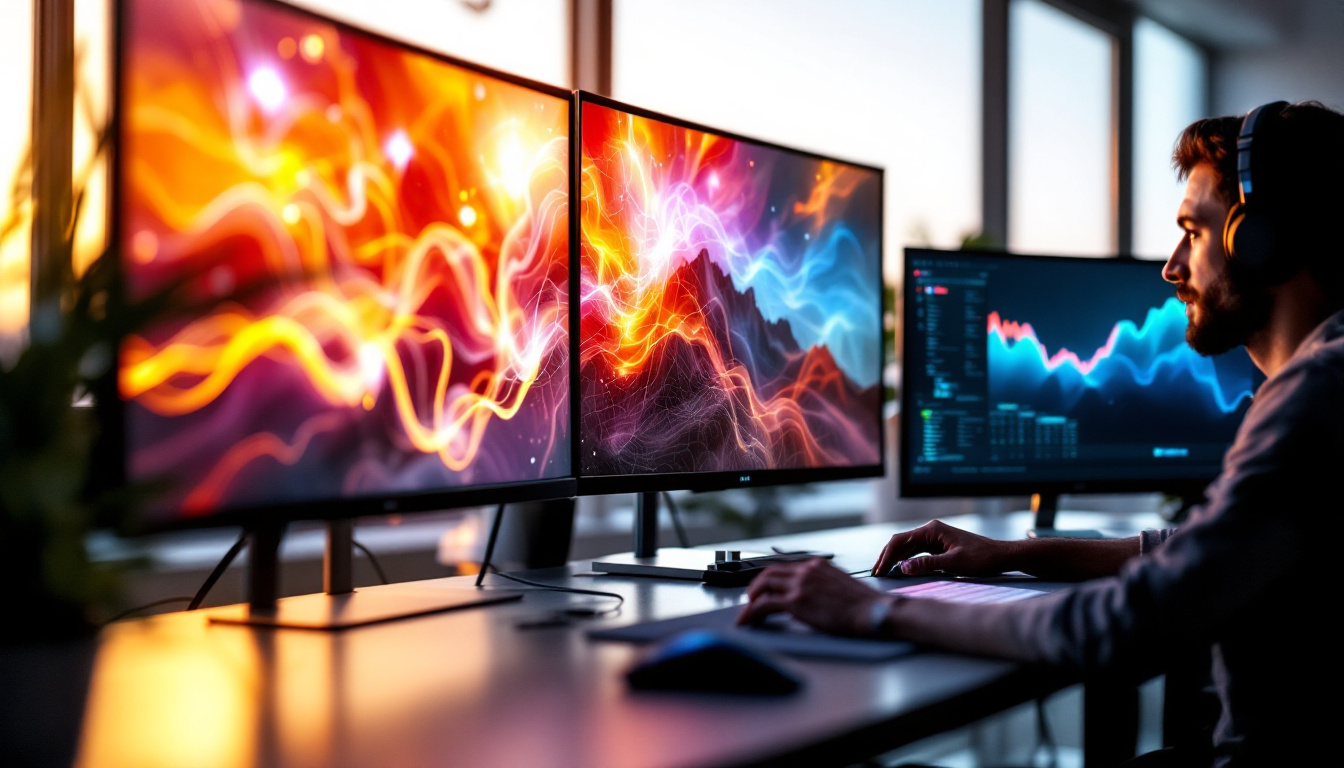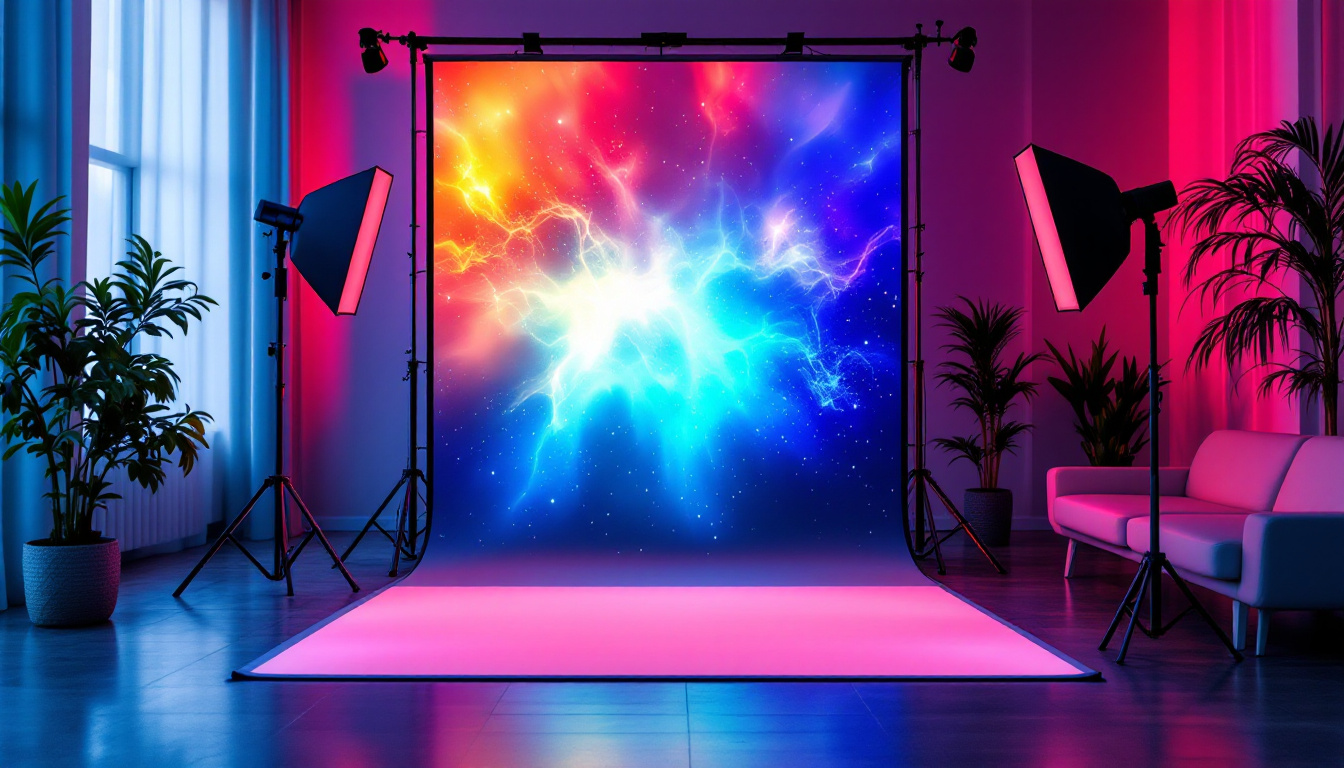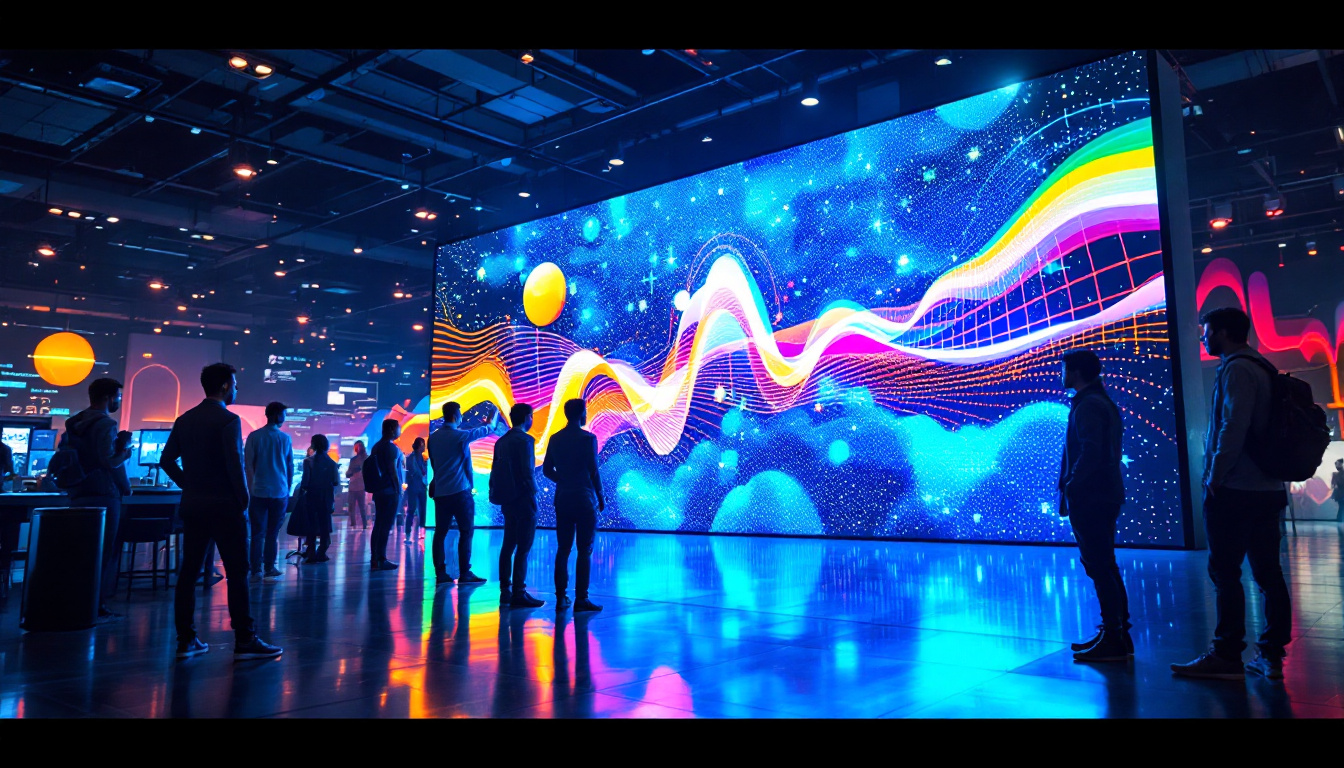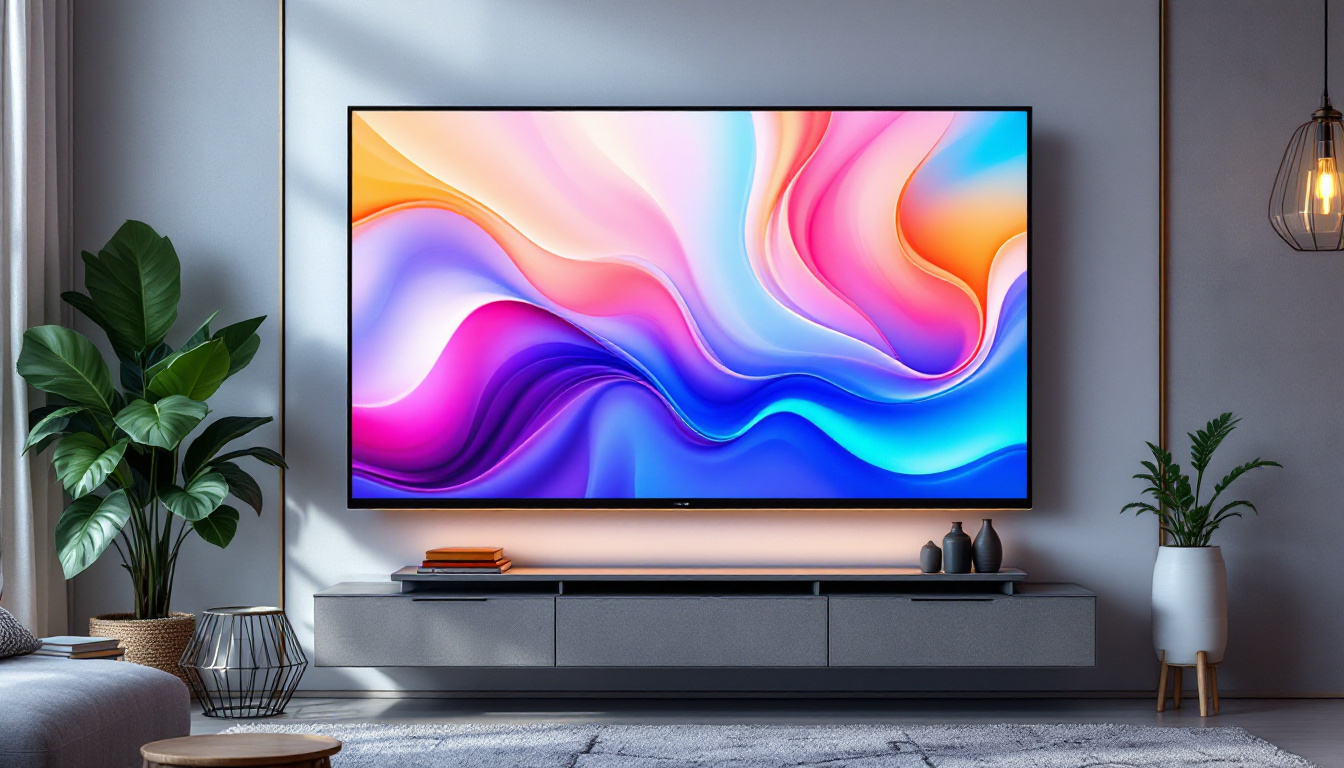Projectors have become essential tools in both professional and home entertainment settings, offering large, vibrant displays that enhance presentations, movies, and gaming experiences. However, one common issue users encounter is the appearance of lines on the projected image, which can disrupt viewing quality and cause frustration. Understanding why these lines appear and how LED display technology relates to this problem is crucial for anyone seeking to optimize their projector’s performance.
Understanding Projector Lines on Screen
When lines appear on a projector screen, they can manifest in various forms: horizontal or vertical stripes, flickering bands, or even intermittent lines that come and go. These visual artifacts can severely impact the clarity and enjoyment of the projected image. The presence of these lines can be particularly frustrating during important presentations or movie nights, as they distract from the content and can even lead to miscommunication or misunderstandings.
There are several reasons why lines might appear on a projector screen, ranging from hardware malfunctions to signal issues. Identifying the root cause is the first step toward resolving the problem effectively. Understanding these causes can also help in preventing future occurrences, ensuring a smoother viewing experience. Regular maintenance and checks can go a long way in preserving the quality of the projection.
Common Causes of Lines on Projected Images
One of the most frequent causes is a problem with the video signal. If the cable connecting the projector to the source device (such as a laptop or Blu-ray player) is damaged or improperly connected, it can result in distorted images with lines. It’s essential to use high-quality cables and connectors, as inferior options can exacerbate signal degradation. Additionally, ensuring that all connections are secure and free from dust or debris can help maintain a clear signal.
Another cause is the projector’s internal components. For example, the imaging chip—whether it’s an LCD panel, DLP chip, or LED display—may be damaged or degraded. This can lead to persistent lines or bands appearing on the screen. Regularly cleaning the projector’s filters and lenses can prevent overheating and dust buildup, which can contribute to hardware failure. Furthermore, understanding the specific technology used in your projector can aid in troubleshooting; for instance, DLP projectors may require different maintenance than LCD models.
Environmental factors like electromagnetic interference or power fluctuations can also introduce artifacts. Devices such as routers, microwaves, or even fluorescent lights can disrupt the signal, leading to unwanted lines on the screen. Using surge protectors and isolating the projector from potential sources of interference can mitigate these issues. In some cases, outdated firmware or incompatible settings may cause display issues. Keeping the projector’s software updated and adjusting settings according to the manufacturer’s recommendations can enhance performance and reduce the likelihood of visual artifacts.
The Role of LED Displays in Modern Projectors
LED technology has revolutionized the display industry, including projectors. Unlike traditional lamps, LED projectors use light-emitting diodes as their light source, offering several advantages such as longer lifespan, lower power consumption, and better color accuracy.
Understanding how LED displays work within projectors helps explain why lines might appear and how to address them. The shift to LED technology has not only improved the viewing experience but has also made projectors more accessible for home and professional use, allowing for a wider range of applications from movie nights to business presentations.
How LED Projectors Work
LED projectors generate light through arrays of tiny LEDs, which are then modulated to create images. This differs from traditional projectors that use high-intensity lamps and color wheels. The LED light is directed through imaging chips—either LCD or DLP—that control which pixels are illuminated.
Because LEDs can be turned on and off rapidly and with precision, LED projectors often provide sharper images with less flicker and better contrast ratios. This capability is particularly beneficial in environments with varying lighting conditions, as the brightness of LED projectors can be adjusted dynamically. However, the complexity of this system means that any malfunction in the LED array or imaging chip can cause lines or other visual defects. Regular maintenance and calibration are essential to ensure optimal performance and longevity of the device.
Common LED Display Issues Leading to Lines
One typical problem is the failure of individual LEDs within the array. If certain LEDs burn out or become dim, the projector may display uneven brightness or lines where those LEDs contribute to the image. This issue can often be mitigated by using high-quality components and ensuring proper ventilation to prevent overheating.
Another issue is related to the imaging chip’s alignment or damage. For example, a misaligned LCD panel can cause horizontal or vertical lines, while a damaged DLP chip might produce pixel-level artifacts. These problems can sometimes be resolved through recalibration or, in more severe cases, replacement of the affected components. Additionally, environmental factors such as dust accumulation can interfere with the projector’s optics, leading to further image distortion.
Additionally, overheating can degrade LED performance over time, leading to inconsistent illumination and visible lines or bands on the screen. To combat this, many modern LED projectors are designed with advanced cooling systems that help maintain optimal operating temperatures. Users are encouraged to place projectors in well-ventilated areas and to regularly clean filters and vents to ensure that airflow remains unobstructed. This proactive approach not only enhances image quality but also extends the overall lifespan of the projector.
Troubleshooting and Fixing Lines on LED Projector Screens
When lines appear on a projector screen, a systematic approach to troubleshooting can help isolate and resolve the issue.
Step 1: Check the Source and Cables
Begin by verifying the input source and connection cables. Swap out HDMI or VGA cables to rule out cable damage. Test the projector with different devices to determine if the problem persists across sources.
Sometimes, signal interference or poor-quality cables can introduce lines or flickering, so using certified, high-quality cables is recommended.
Step 2: Inspect Projector Settings and Firmware
Ensure the projector’s firmware is up to date, as manufacturers often release updates that fix bugs and improve compatibility. Resetting the projector to factory settings can also resolve configuration issues that cause display artifacts.
Adjusting resolution and refresh rate settings to match the source device can help eliminate lines caused by mismatched signal parameters.
Step 3: Examine the LED Light Source and Imaging Components
If the problem continues, inspect the projector’s internal components. Look for signs of overheating, dust accumulation, or physical damage. Cleaning air filters and vents can improve cooling and prevent LED degradation.
Professional servicing may be necessary if LED arrays or imaging chips are faulty. Replacing these components can be costly but may be essential for restoring image quality.
Step 4: Environmental and Power Considerations
Ensure the projector is used in an environment free from electromagnetic interference, such as near strong wireless routers or large electrical appliances. Using a surge protector can prevent power fluctuations that might damage internal components.
Comparing LED Projectors to Other Display Technologies
To fully appreciate the nuances of projector lines and display quality, it’s useful to compare LED projectors with other common technologies like LCD and DLP projectors.
LCD Projectors
LCD projectors use liquid crystal panels to modulate light from a lamp. While they generally produce bright images with good color accuracy, they can suffer from issues like dead pixels or panel degradation, which may cause lines or spots on the screen.
Unlike LED projectors, LCD models rely on lamps that have limited lifespans and can dim or flicker over time, potentially contributing to display artifacts.
DLP Projectors
DLP projectors use a chip covered with microscopic mirrors that tilt to direct light. They often provide smooth images with high contrast but can exhibit a “rainbow effect” or pixel-level defects if the chip is damaged.
Lines on DLP projectors are less common but can occur due to mirror misalignment or dust accumulation.
Advantages of LED Projectors
LED projectors typically offer longer-lasting light sources, better energy efficiency, and more consistent color performance. However, their complex LED arrays and imaging chips require careful maintenance to avoid issues like lines on the screen.
Preventing Lines on Projector Screens: Best Practices
Prevention is always better than cure. Following best practices can minimize the risk of lines and other display issues on LED projectors.
Regular Maintenance
Clean the projector’s air filters and vents regularly to prevent overheating. Dust buildup can impair cooling and damage LEDs or imaging chips.
Store and operate the projector within recommended temperature and humidity ranges to extend component life.
Use Quality Cables and Compatible Devices
Invest in high-quality, shielded cables to ensure stable signal transmission. Avoid cheap or damaged cables that can introduce interference.
Match the projector’s resolution and refresh rate with the source device to prevent signal mismatches that cause lines or flickering.
Firmware Updates and Professional Servicing
Keep the projector’s firmware updated to benefit from manufacturer improvements. If issues persist, seek professional servicing rather than attempting complex repairs yourself.
Conclusion: Achieving a Clear, Line-Free Projection
Lines on a projector screen can detract significantly from the viewing experience, but understanding the causes and the role of LED display technology helps in addressing the problem effectively. From signal issues and cable quality to LED array health and environmental factors, multiple elements influence image quality.
LED projectors offer many advantages over traditional technologies, but they also require proper care and maintenance to prevent display artifacts like lines. By following troubleshooting steps and adopting best practices, users can enjoy crisp, vibrant images free from distracting lines and bands.
As projector technology continues to evolve, LED displays are likely to become even more reliable and accessible, making them an excellent choice for both professional and home use.
Explore Cutting-Edge LED Display Solutions with LumenMatrix
If you’re inspired to achieve the ultimate viewing experience without the hassle of lines on your screen, LumenMatrix is your go-to source for advanced LED display technology. As a leader in the field, we offer a diverse range of LED display modules designed to elevate your visual presentations to the next level. Whether you need an Indoor LED Wall Display for your corporate events, an Outdoor LED Wall Display for advertising, or any of our specialized solutions like Vehicle LED Displays, LED Sports Displays, or Custom LED Displays, LumenMatrix has the expertise to bring your vision to life. Don’t let display artifacts hold you back. Check out LumenMatrix LED Display Solutions today and transform the way you share your message with the world.

